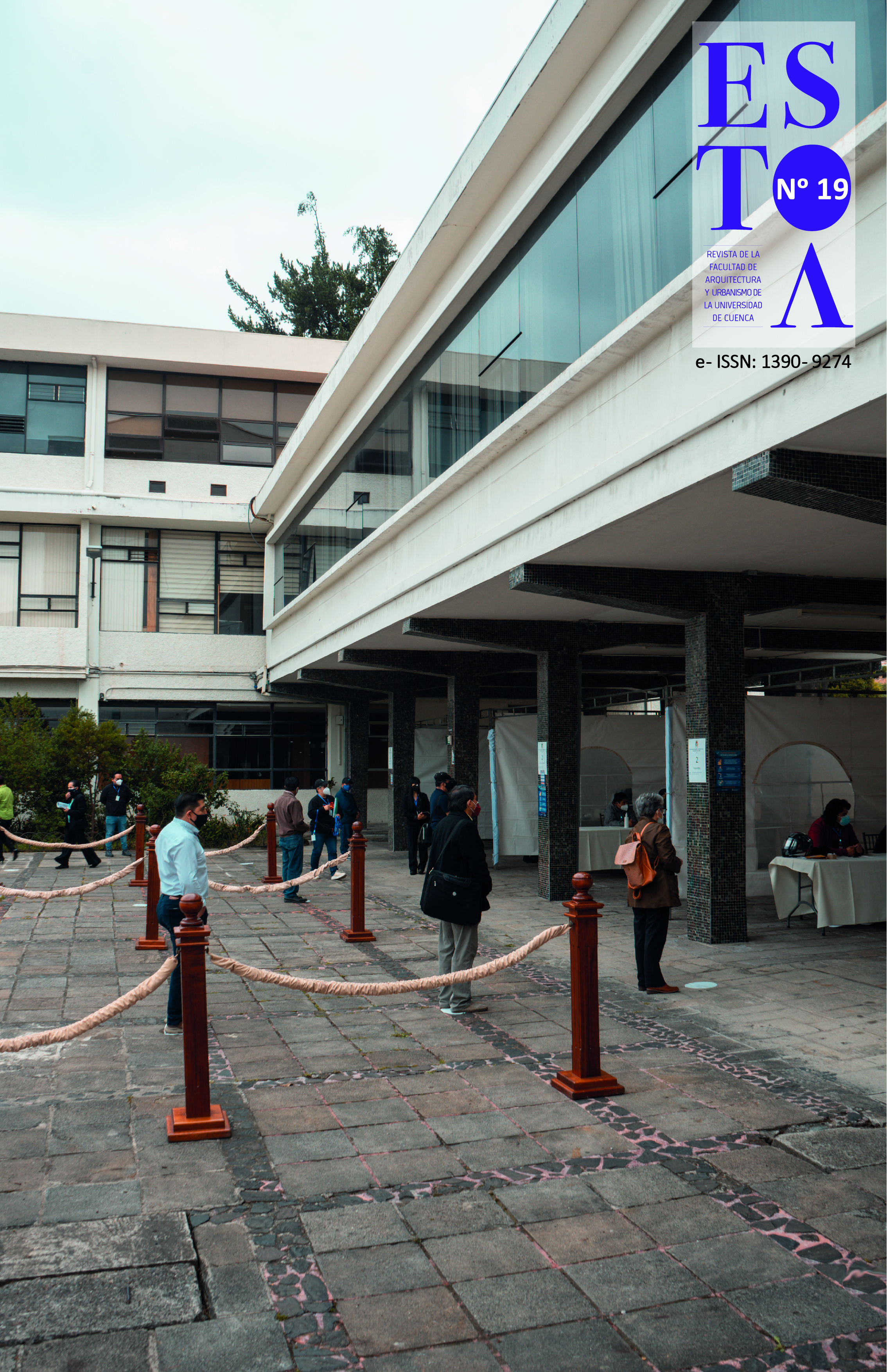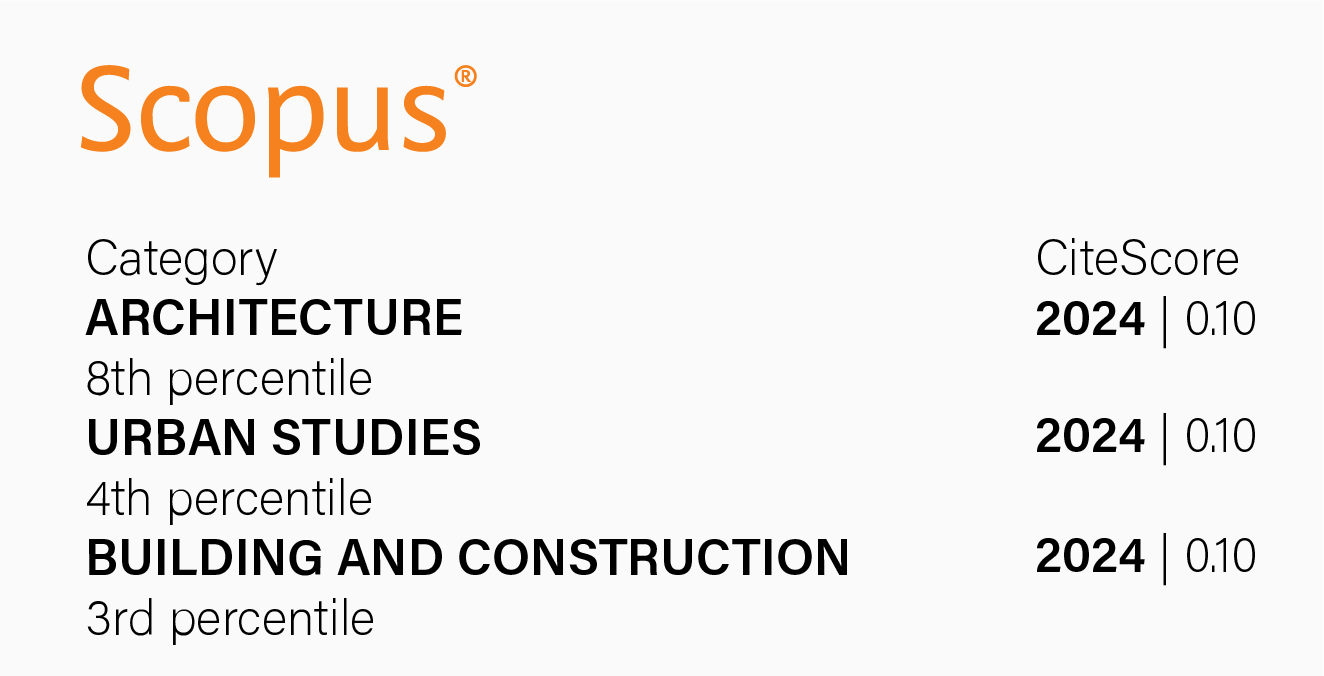Game based learning applied to Teaching the history of Pre-Hispanic Architecture
DOI:
https://doi.org/10.18537/est.v010.n019.a06Keywords:
game based learning, gamification, prehispanic architecture history, teaching, learningAbstract
Camino al Sol (road to the sun) is a pedagogical strategy to improve the learning of the pre-Hispanic period of the history of architecture for undergraduate students. It is based on the theory of Game Based Learning (GLA), responding to a lack of motivation towards the classes, considered by students "dense, passive and monotonous." We formulated a research project to implement the ABJ through a board game aimed at strengthening knowledge of the characteristics of architecture and urbanism of the Mayan, Aztec, Inca and Tairona cultures. The study of these cultures is a key aspect of the teaching of architecture in Latin America. To understand the contribution of this new strategy, for one year we monitored student learning by analyzing their academic achievements, conducting individual interviews and focus groups. We found a positive response from students to the ABJ and an increase in their assessment scores. This evidence shows that it is possible to implement the ABJ in the teaching of architecture and it can be a response to the challenges of disinterest and lack of concentration of students. We also identify an interesting relationship between the learning process in students and our project.
Downloads
References
CAE+E. Centro para el Aprendizaje la Enseñanza y la Evaluación. (2016). Curso de planeación de la enseñanza. Pontificia Universidad Javeriana. https://caee.javeriana.edu.co/documents/3869371/0/documento+caee.pdf/b96c1a61-9fca-4742-81b2-6177f8904526
Cortizo Pérez, J., Carrero García, F., Monsalve Piqueras, B., Velasco Collado, A., Díaz del Dedo, L. y Pérez Martín, J. (2011). Gamificación y Docencia: Lo que la Universidad tiene que aprender de los Videojuegos. VIII Jornadas de Innovación Universitaria. Retos y oportunidades del desarrollo de los nuevos títulos en educación superior. Universidad Europea de Madrid. http://abacus.universidadeuropea.es/bitstream/handle/11268/1750/46_Gamificacion.pdf?sequence=2&isAllowed=y
Hamari, J., Shernoff, D. J., Rowe, E., Coller, B., Asbell-Clarke, J. y Edwards, T. (2016). Challenging games help students learn: An empirical study on engagement, flow and immersion in game-based learning. Computers in Human Behavior, 54, 170–179. https://doi.org/10.1016/j.chb.2015.07.045
Kiili, K. (2005). Digital game-based learning: Towards an experiential gaming model. The Internet and Higher Education, 8(1), 13–24. https://doi.org/10.1016/j.iheduc.2004.12.001
Lion, C. y Maggio, M. (2019). Desafíos para la enseñanza universitaria en los escenarios digitales contemporáneos. Aportes desde la investigación. Cuadernos de Investigación Educativa, 10(1), 13 - 25. https://doi.org/10.18861/cied.2019.10.1.2878
Montoya-Álvarez, C. y Uribe-Ciro, D. (2016). Jugar para aprender no es aprender jugando: ludificación de procesos pedagógicos. Revista Perspectiva Empresarial, 3(2), 15-25. https://doi.org/10.16967/rpe.v3n2a3
Nor Azan, M., Azizah, J. y Wong Seng, Y. (2009). Digital Game-based learning (DGBL) model and development methodology for teaching history. WSEAS Transactions on Computers, 8(2), 322-333. https://pdfs.semanticscholar.org/0128/1d0d54d0766964fafb29ccefc0206f11be87.pdf
Oliva, H. (2016). La gamificación como estrategia metodológica en el contexto educativo universitario. Realidad y Reflexión (44), 29-47. https://doi.org/10.5377/ryr.v44i0.3563
Pisabarro Marrón, A. y Vivaracho Pascual, C. (2018). Gamificación en el aula: gincana de programación. ReVisión, 11(1), 85-93. http://www.aenui.net/ojs/index.
Plass, J. L., Homer, B. D. y Kinzer, C. K. (2015). Foundations of Game-Based Learning. Educational Psychologist, 50(4), 258–283. https://doi.org/10.1080/00461520.2015.1122533
Pontificia Universidad Javeriana. (s.f.). Syllabus. Asignatura Arquitectura Hispanoamericana.
Prensky, M. (2003). Digital game-based learning. Computers in Entertainment, 1(1), 21. https://doi.org/10.1145/950566.950596
Prieto Martin, A., Díaz Martin, D., Monserrat Sanz, J. y Reyes Martín, E. (2014). Experiencias de aplicación de estrategias de gamificación a entornos de aprendizaje universitario. ReVisión, 7(2), 76-92. http://aenui.net/ojs/index.
Qian, M. y Clark, K. R. (2016). Game-based Learning and 21st century skills: A review of recent research. Computers in Human Behavior, 63, 50–58. https://doi.org/10.1016/j.chb.2016.05.023
Verdú Surroca, N. (2016). El rol de las TIC como un recurso en la enseñanza y aprendizaje de la Historia. Workshop: Insegnare e valorizzare la Storia della Sardegna. Cultura, identità, scuola e innovazione didattica (pp. 1-13). Istituto di Storia dell'Europa Mediterranea – Cnr. https://repositori.udl.cat/bitstream/handle/10459.1/63153/nov2016.pdf?sequence=1&isAllowed=y
Villlalustre Martínez, L. y del Moral Pérez, M. (2015). Gamificación: Estrategia para optimizar el proceso de aprendizaje y la adquisición de competencias en contextos universitarios. Digital Education Review, (27), 13-37. https://doi.org/10.1344/der.2015.27.13-31
Werbach, K. y Hunter, D. (2015). The gamification toolkit: Dynamics, mechanics and components for the win. Warton Digital Press.
Downloads
Published
Versions
- 2021-06-09 (2)
- 2021-01-27 (1)
How to Cite
Issue
Section
License
The Journal declines any responsibility for possible conflicts derived from the authorship of the works that are published in it.
The University of Cuenca in Ecuador conserves the patrimonial rights (copyright) of the published works and will favor the reuse of the same ones, these can be: copy, use, diffuse, transmit and expose publicly.
Unless otherwise indicated, all contents of the electronic edition are distributed under a Creative Commons Attribution-NonCommercial-ShareAlike 4.0 International License.




